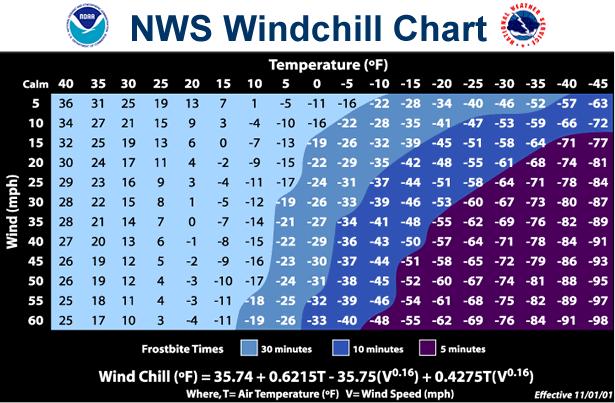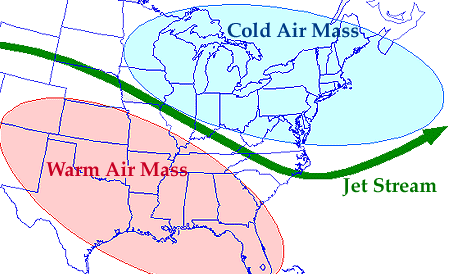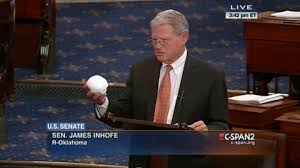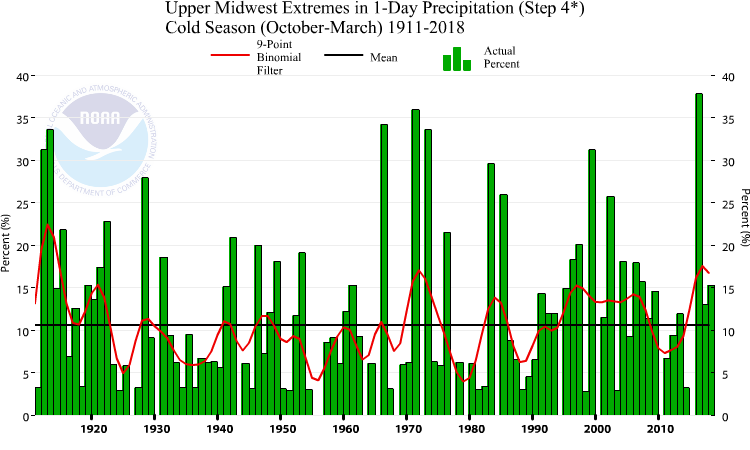Blizzard
Blizzard
Blizzards are dangerous winter storms with sustained winds that exceed 35 mph for at least three hours, accompanied with falling or blowing snow resulting in visibility of less than 0.25 miles. It does not have to be snowing for a winter storm to be considered a blizzard, because strong winds may pick up snow that has already fallen on the ground, causing limited visibility. Heavy snowfall and below freezing temperatures often accompany blizzards but are not required for blizzard formation. There is no widely adopted scale to classify or measure the intensity of blizzards. As a result, blizzards are usually characterized after the fact, by how much damage has been done. Winter weather can be very dangerous, even without the presence of snow. Extremely cold temperatures can accompany winter storms, but they often occur on their own. Exposure to extreme cold can cause frostbite or hypothermia, both of which can become life threatening conditions. Poorly insulated pipes may freeze and burst inside homes, causing devastating damage. Extreme cold can cause heavy ice accumulation which can bring down trees, utility poles, and power lines. Even small amounts of ice can be hazardous to motorists.
Extreme Cold
The definition of extreme cold can vary in different parts of the country. In the South, where people are not accustomed to and prepared for cold weather, near freezing temperatures can be hazardous. Farther north where snow, ice and cold are more common, extreme cold may mean temperatures below zero. As wind speeds increase, heat is carried away from the body faster and drives down the body’s temperature. This can makes the air feel colder than it is, a phenomenon known as wind chill. Wind chill is measured by the National Weather Service using the chart below, by finding the intersection of air temperature and wind speed.

Blizzard Formation and Geography
Blizzards form under a variety of winter meteorological conditions. Any time a cold polar air mass meets a warmer humid air mass, heavy precipitation and strong winds may result. The movement of these air masses is affected by the jet stream: a fast-moving river of wind that moves from west to east in the lower layer of Earth’s atmosphere. The jet stream naturally meanders north and south, but it is stronger and positioned farther south during the winter, bringing cold polar air into the continental US. Conditions favorable to blizzard formation often occur in the Upper Midwest and Great Plains due to the position of the jet stream and the relative absence of trees and obstructions to reduce effects of wind and blowing snow. However, blizzards can occur in any place that has experienced snowfall.

Blizzard Impacts
Blizzards can bring transportation to a halt. Driving in blizzards is very dangerous because of “whiteout” conditions of blowing snow that severely reduce visibility. Strong winds can also push smaller cars off the road. When roads and transportation services get shut down because of blizzards, workers cannot get to work and the local economy may suffer. Blizzards can also cause severe property damage. Heavy snow can cause roofs to cave in, and strong winds can knock down trees and power lines. Blizzards that occur late or early in the winter can also damage or kill crops. In the aftermath of a blizzard, melting snow can cause flooding. Those who are poor are the most vulnerable to cold weather as they often lack appropriate clothing, or worry about turning up their thermostat in fear of not being able to pay their utility bills. The situation worsens when people have to fight cold weather without adequate shelter. Many cities across the United States lack sufficient housing for the homeless, leaving them to seek shelter under bridges, in caves, or even in the open air.
Blizzards and Climate Change
Under a warming climate, the atmosphere can hold more moisture that can fuel winter storms. Meanwhile, researchers have found that the jet stream has meandered more in recent decades. Recently, some climate scientists declared a “global climate emergency” after the jet stream in the Northern hemisphere crossed the equator. As the jet stream changes in strength, geographical coverage, and temporal variability, the likelihood of extreme weather such as frigid temperatures and heavy snowfall increases. A prolonged southern meander of the jet stream in 2014 led to the extreme cold wave called the the polar vortex. Some politicians who deny the existence of climate change have cited heavy snowfall and cold weather as evidence disproving climate change. This conclusion is not accurate as it ignores the fact that while snowy days may be decreasing in frequency, they are increasing in intensity. In the future we can expect fewer snow storms overall, but also with greater intensity when they do occur.

Trends in extreme winter precipitation indicate more of the US Midwest experiences heavy winter precipitation. The figure below is from the National Oceanic and Atmospheric Administration (NOAA), and shows the percentage of land area in the Upper Midwest affected by extreme 24-hour precipitation events during winter months. Since the mid-1990s, the moving average of the affected area (red line) is generally more than the average over the entire 1911-2018 time frame (black line).

Did You Know?
In March of 1888 the largest blizzard to ever occur in the United States hit the East Coast. Snowfall ranging from 20-60 inches was recorded from Maine to Chesapeake Bay, coupled with winds blowing more than 45 mph. Some snowdrifts were higher than 50 feet high! Railways and telegraph lines were damaged and disabled, presenting a serious electrical hazard to civilians. Neither transportation nor rapid communication were available for days. In the New England area, more than 200 ships were either grounded or wrecked, resulting in the deaths of more than 100 seamen. Severe flooding occurred after the storm due to the massive amounts of melting snow. More than 400 people died as a direct result of the blizzard. This catastrophic storm became known as the Great White Hurricane and led to the creation of the first subway system in the United States.
